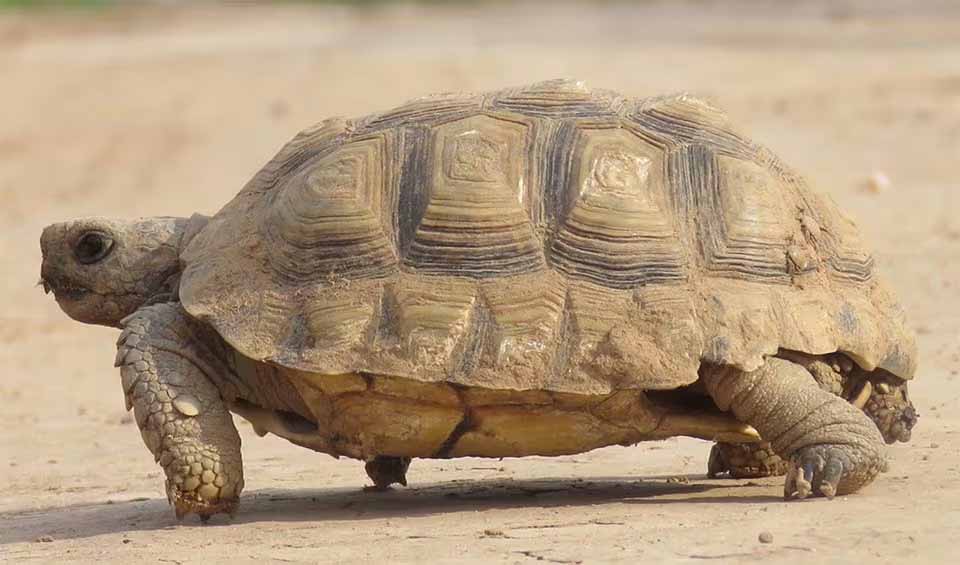A fascinating creature native to the Gran Chaco region in South America, spanning parts of Argentina, Paraguay, and Bolivia. This species of tortoise is especially known for its resilient nature and unique adaptations to its environment, making it a compelling subject of study and a favorite among reptile enthusiasts.
One of the most distinct characteristics of the Chaco tortoise is its dome-shaped shell, which ranges in color from dark brown to a more yellowish-brown, often featuring a pattern of darker concentric rings that add to its distinct appearance. The shell not only serves as a protective armor against predators but also helps in regulating its body temperature under the harsh sun. The tortoise’s size is relatively small, typically reaching about 30 cm (12 in) in length when fully grown, which makes it one of the smaller tortoise species.
Adapted to life in a challenging environment, the Chaco tortoise has several interesting traits. It is primarily herbivorous, feeding on a variety of grasses, cacti, and other vegetation found in its arid habitat. During times of extreme heat or drought, this tortoise has the ability to slow down its metabolism significantly, entering a state of dormancy known as aestivation to conserve energy and moisture. This remarkable survival strategy allows the Chaco tortoise to thrive even in periods of scarce food and water.
The reproductive habits of the Chaco tortoise are also worth noting. They typically breed in the spring, after which the female lays a small clutch of eggs in a sandy burrow. These eggs will incubate for several months before hatching. The young tortoises are quite independent from birth and receive no care from their parents, which is common among tortoise species.
Distribution
 Argentina
Argentina Bolivia
Bolivia Paraguay
ParaguayAnything we've missed?
Help us improve this page by suggesting edits. Glory never dies!
Suggest an editGet to know me
Terrestrial / Aquatic
Altricial / Precocial
Polygamous / Monogamous
Dimorphic (size) / Monomorphic
Active: Diurnal / Nocturnal
Social behavior: Solitary / Pack / Herd
Diet: Carnivore / Herbivore / Omnivore / Piscivorous / Insectivore
Migratory: Yes / No
Domesticated: Yes / No
Dangerous: Yes / No




